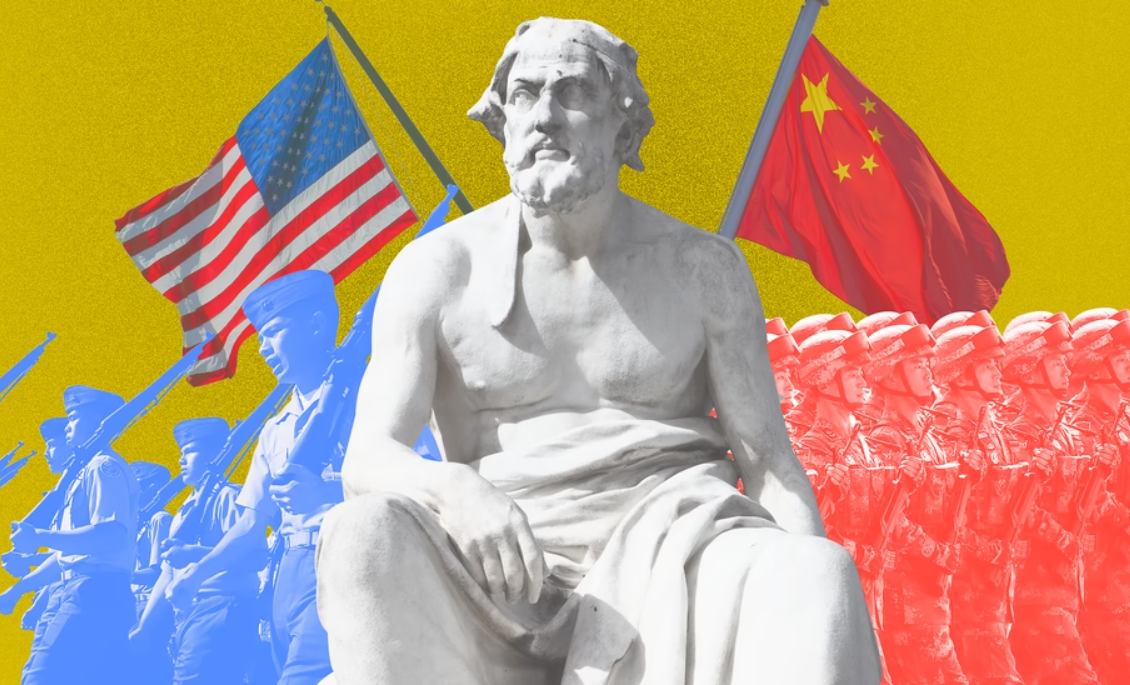Robert Kelly
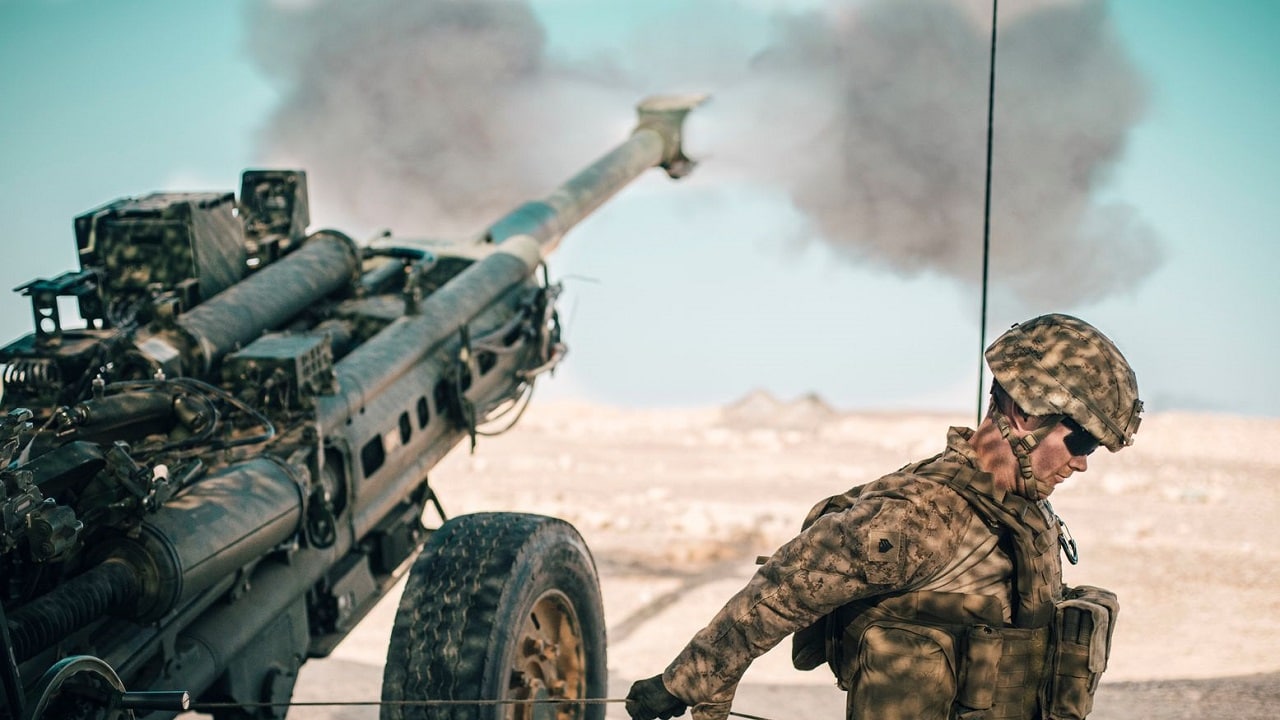
Russia is making gains in Donbas but at a high cost. Ukraine is pushing back elsewhere, and Western arms shipments will likely help it blunt concentrated Russian power in the east. That said, a Ukrainian counteroffensive to take back much of what Russia now controls in Ukraine would be extraordinarily difficult. A long slog seems likely over the summer, with the initiative slowly passing to Ukraine as sanctions crimp Russia’s ability to replace losses and as Western weapons level the playing field.








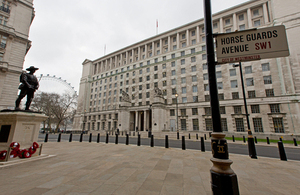
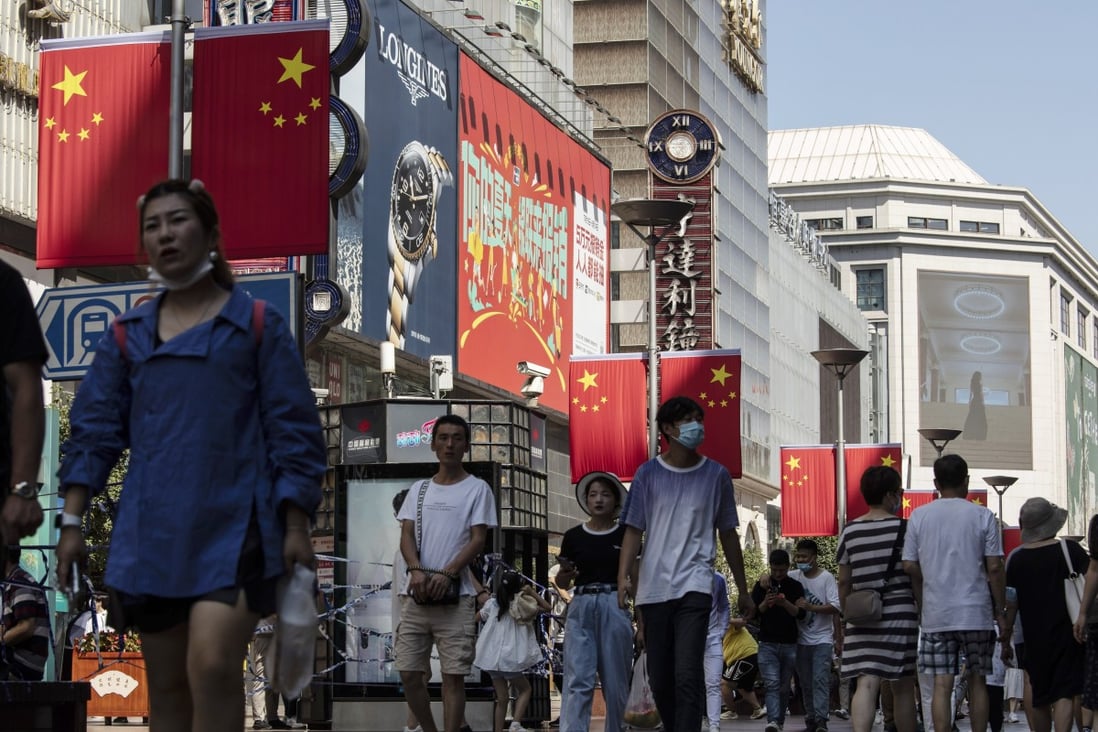
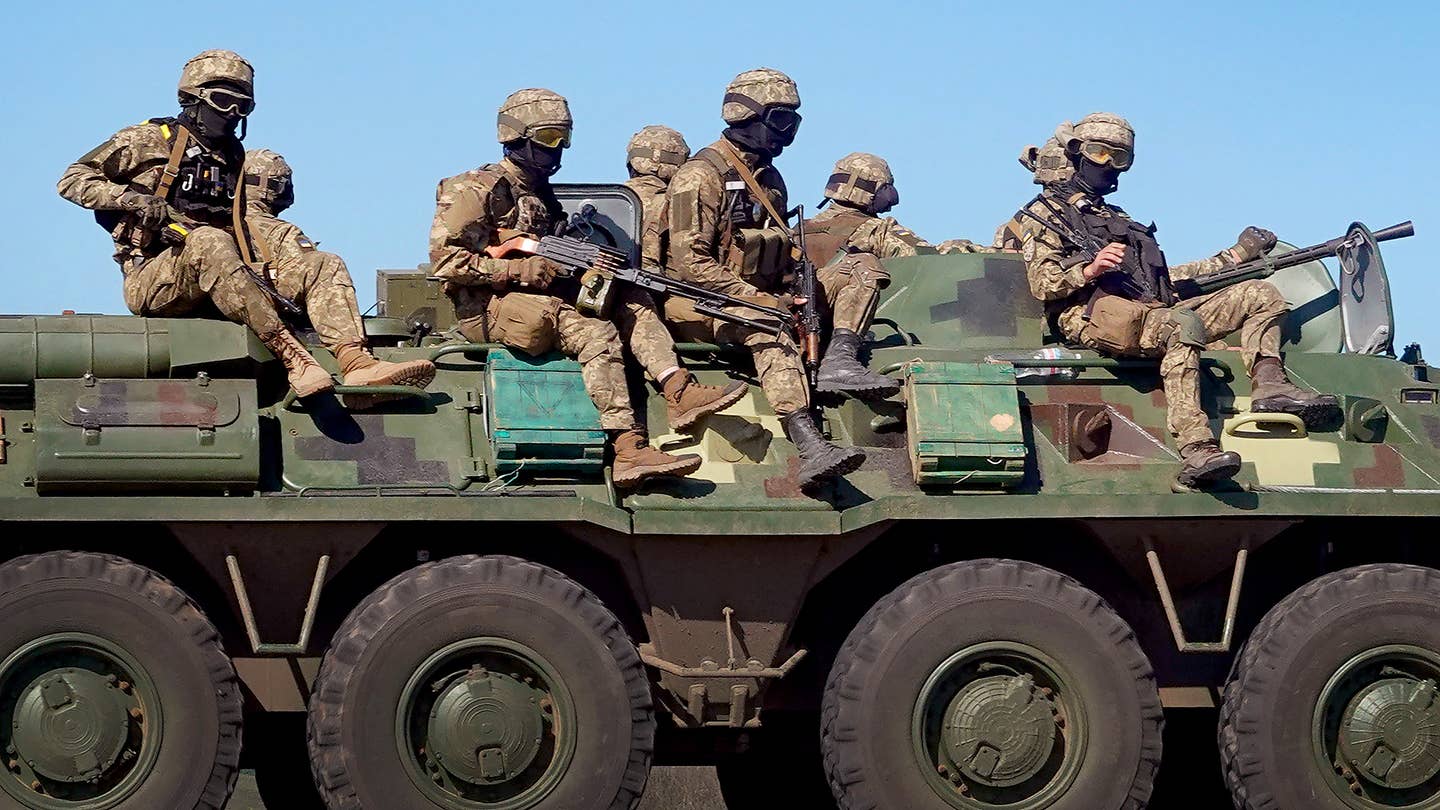
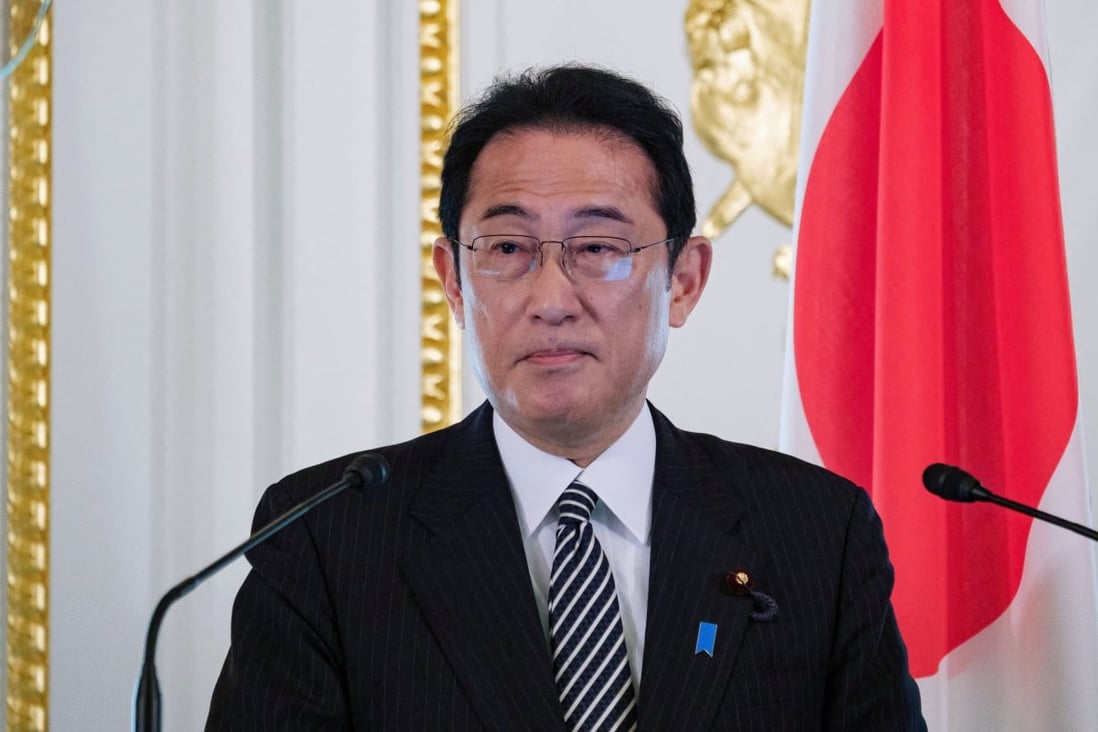

:quality(70)/cloudfront-us-east-1.images.arcpublishing.com/mco/ZAVDXTHKCFCLHIVIGQ32CVI73Q.jpg)
